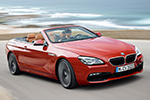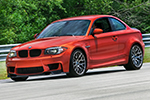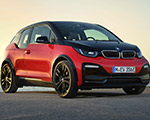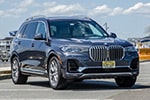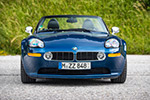At the 24 Hours of Le Mans, speed isn’t just a metaphor—it’s a fact. In the top-tier LMDh category, cars spend more than 50% of the race at over 250 km/h. That’s more than 12 hours at speeds most road cars never reach, on one of the most punishing circuits in motorsport. For BMW M Motorsport, it’s the ultimate proving ground. And the BMW M Hybrid V8, the brand’s first Le Mans prototype in over two decades, was built for exactly this kind of torture test.
“More than 50 percent of the time, the car is driven at over 250 km/h, with a top speed of around 340 km/h,” Andreas Roos, Head of BMW M Motorsport, told the audience during a panel. The M Hybrid V8 is a purpose-built machine developed for LMDh competition. Mounted just behind the driver is the heart of the machine: the flat-plane crank P66/3—a twin-turbocharged evolution of the engine that powered BMW’s DTM racers in 2017 and 2018.
671 Horsepower
Paired with a hybrid drive unit integrated into the bell housing—much like BMW’s production hybrid setups—the system delivers the LMDh-class maximum output of 671 horsepower (500 kW) with ease. The battery pack is positioned low in the chassis, roughly beneath where the passenger seat would be in a road car, helping optimize weight distribution and center of gravity. It’s fast—340 km/h flat-out—but more importantly, it’s designed to be fast for hours on end.
The cockpit is snug and purpose-built, designed for a single driver and outfitted with a state-of-the-art Cosworth steering wheel that puts nearly every critical function at their fingertips. A digital rear-view mirror offers visibility behind, while adjustable pedals make for seamless driver swaps during endurance stints.
The BMW M Hybrid V8 is built on a chassis supplied by Dallara, one of just four approved manufacturers for the current generation of LMDh cars. As a result, certain components—like the standardized aerodynamic underfloor—are shared across all competitors using a Dallara base. However, everything else is left to the automaker’s discretion. BMW designs its own engine, suspension, bodywork aerodynamics, and cockpit layout, tailoring the car to its exact performance and ergonomic standards.
BMW’s Return to the Big Stage

After a long absence from top-class endurance racing, BMW’s comeback to Le Mans came with high expectations in 2024. But unfortunately, it came short in two consecutive years. The overall performance was significantly better this year, but unfortunately the pace of the Ferraris was unmatched.
While BMW’s M Hybrid V8 was battling Ferraris, Porsches, and Toyotas in the 2025 Le Mans, it was also paving the way for something bigger: the next generation of high-performance M cars. Lessons learned here—from energy management to lightweight materials—will influence everything from upcoming M electrified models to future racing. [Photos: BMW Motorsport]







































